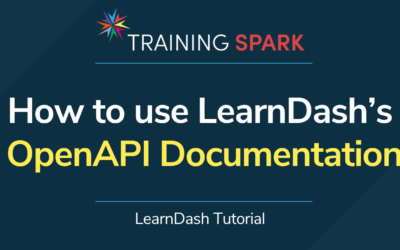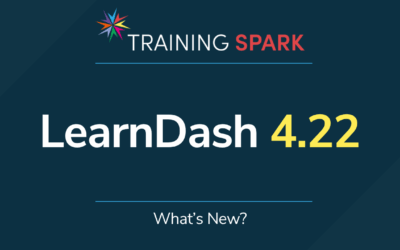Taking an online course requires commitment and motivation, irrespective of how relevant, engaging or interactive we make the training.
As learning designers, we can use lessons from behavioural science to help our students overcome some of the obstacles and challenges that come with online study.
One tool in our armoury are ‘nudges’. But what exactly are nudges?
Well according to Thaler and Sunstein (2008, p. 6), a nudge is:
“…any aspect of the choice architecture that alters people’s behavior in a predictable way without forbidding any options or significantly changing their economic incentives. To count as a mere nudge, the intervention must be easy and cheap to avoid.”
Confused? Well, it might be useful to provide an example. If you’ve ever passed through Schiphol airport in Amsterdam, you may have noticed the image of the housefly in the men’s urinals. This is often cited as a classic example of a nudge – the aim being to… well you can probably guess!
In online learning, there are a number of ways we can use nudges to support and encourage our learners.
Ideas42, an organisation using behavioral science to address complex social problems, have outlined some of the different types of nudges that can be used in education. They’ve identified that nudges fall into 4 brackets:
- Encouraging goal setting
- Prompting to plan
- Eliminating hassles
- Managing attention
As a course creator, it’s worth considering how you can weave these types of nudges in your online course designs.
Luckily we’ve created a WordPress plugin for LearnDash that makes this much easier. Cohort Manager helps course creators use a powerful cohort-based learning format, mixing social learning with nudges to boost impact. Cohort based-courses have timed entry and exits so learners study at the same time.
The plugin allows you to create ‘workflows’ – where lessons are unlocked over a set schedule for a group of students at the same time. You can also schedule email notifications to go out at specific dates and times. These can be used to provide teasers to your learners and encourage them to complete the next lesson.
Considering our four types of nudges, we can see that cohort-based courses can use all of these.
Distributing lessons regularly over a set period of time can reduce the burden of planning, as this is already done for them. If you are unlocking lessons at the same time each day, you could suggest they block out a certain time in their schedule to do this.
Notification emails bring your next course back to the attention of your learner. You can also this opportunity to remind them of the benefits of the course, what transformation they can expect to see on completion and the progress they have made so far.
So bake nudges into your next course – it might be the encouragement your learner’s want to help them on their journey!
Learn more about Cohort Manager for LearnDash >




0 Comments